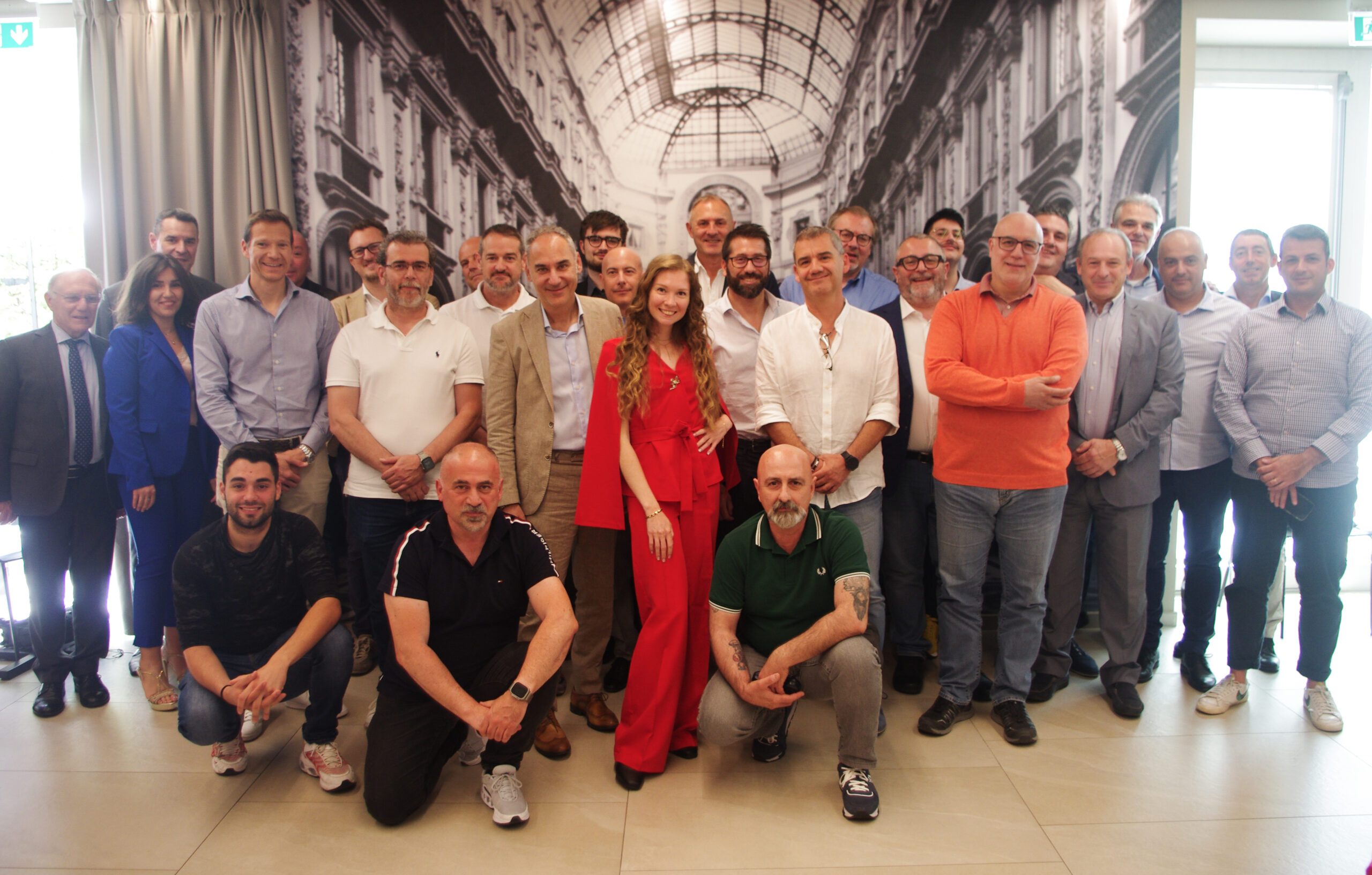Providing travellers with connectivity appropriate to their needs is no longer a luxury but a priority, as this is a factor that makes the difference between choosing the train as the preferred means of transport or not. Fortunately, this is more accessible than ever thanks to solutions such as those described below.
The user experience, essential to attract more travellers
The expectations of rail users, both regular and occasional, have changed greatly with the rise of communications via devices such as smartphones, tablets and laptops.
In fact, it is not uncommon to find people in their carriages who never stop using them, whether for entertainment, watching a film or series, working or studying, surfing the internet, looking for information about their destination and in many other ways.
In these cases, most people prefer to opt for a WiFi connection, rather than spending mobile data. In fact, some multimedia resources may consume a large part or all of the contracted data.
Therefore, providing their passengers with a quality WiFi network has ceased to be an extra value and has become almost an obligation for companies in the sector. This is demonstrated by the results of this survey, which reveals data such as:
- 65% of users aged 18-34 consider the internet on trains to be important.
- They are up to 3 times more likely to use WiFi on board if connectivity on trains is improved compared to the previous generation.
- One in five is more likely to travel by train in this case.
Against this backdrop, offering high-end WiFi on trains has to rise to the challenge if you want to increase your profits. Here are the keys to success.
What technology do we need to optimise the user experience on WiFi trains?
Providing a WiFi service that meets the needs of train users has required the utmost dedication and innovation. At Galgus, we have found the key to this through our patented CHT (Cognitive Hotspot Technology).
This is software that brings distributed intelligence to the network. By this we mean that a central controller is not required, but that the access points work collaboratively, analysing the functioning of the network around them and making the best decisions for the management of their resources.
Among the services offered by CHT for trains, we can highlight:
- Load balancing, which means that all passengers enjoy the same experience, regardless of which carriage or part of the train they are travelling in.
- Auto-tuning of radio frequencies, thus minimising interference. This is really important in an environment such as trains, with a high density of connections and due to the physical nature of the carriages, which are like large metal boxes.
- Advanced analytics: control of bandwidth abuse, user distribution, as well as geolocation and device counting. This is something we will go into in more detail later on.
- Unified network management from the cloud through our Cloud Manager solution.
- Passpoint support: control of incoming network traffic as well as access to restricted content.
Another important aspect to take into account is that Galgus technology has been proven to deliver the best results while minimising investment. This is due to the fact that fewer access points are needed to deploy a quality infrastructure, which is an important differentiating factor.

The importance of passenger geolocation on the train
WiFi technology can do more than just provide internet connectivity to train users. It has proven to be a great ally for transport companies that want to improve their services by understanding their customers’ behaviour and preferences.
To achieve this, geolocation information is a powerful weapon. Locating and counting the devices present on the train, both those connected to the network and those that are not. In this way, it is possible to know the levels of fullness of the trains, the routes and schedules of greater and lesser demand and more data that will allow better planning of services.
In addition, this Location Analytics solution makes it possible to mitigate the distortion caused by the randomisation of device MAC addresses. This results in greater accuracy and results that are as close to reality as possible, without showing an erroneous count due to overcounting.
All with an important nuance, and that is that the user’s intervention is not necessary for tracking, as he/she will not have to log in, download an application or anything similar. What’s more, they won’t even be aware of it. Of course, all of this is done with anonymised information and in compliance with current data protection regulations.
It is clear that it is not only necessary to offer WiFi, but also to ensure that it works under minimum quality standards. And if it also provides location data, so much the better for the successful management of the offer.
This is within the reach of companies in the sector thanks to the technology developed by Galgus. If you want to know more about it, we can arrange a meeting. We also invite you to download this specialised dossier free of charge.









